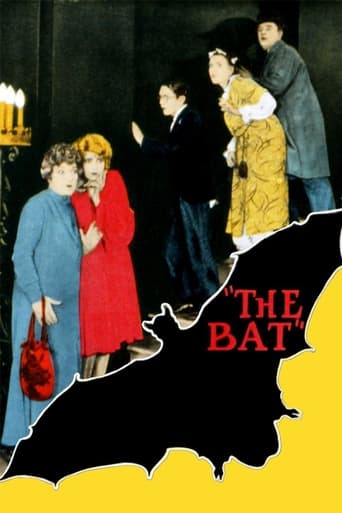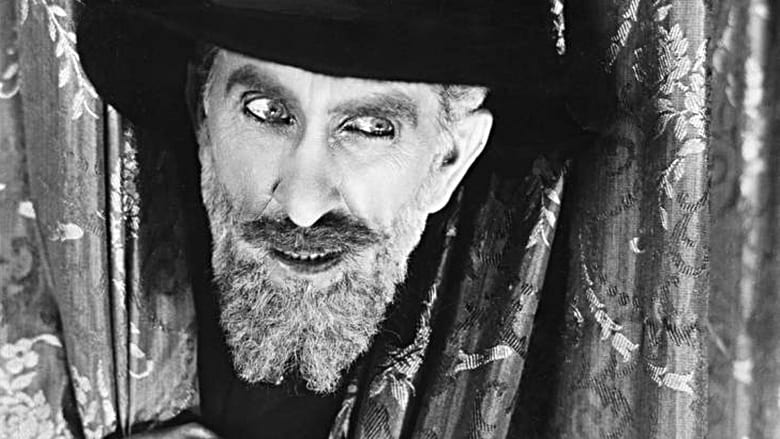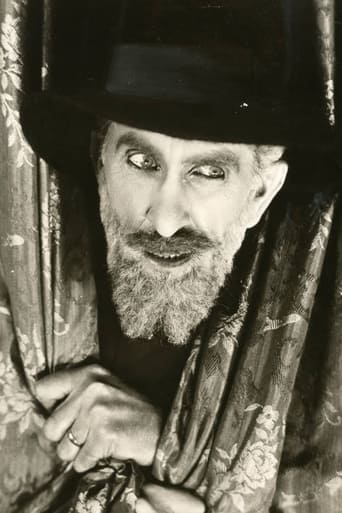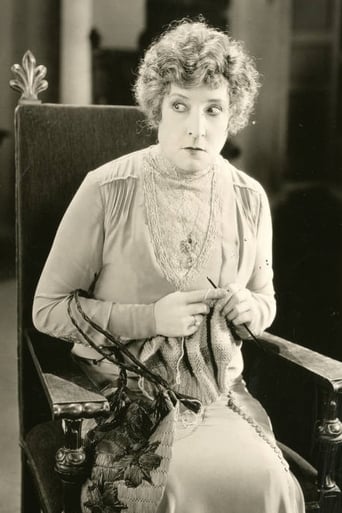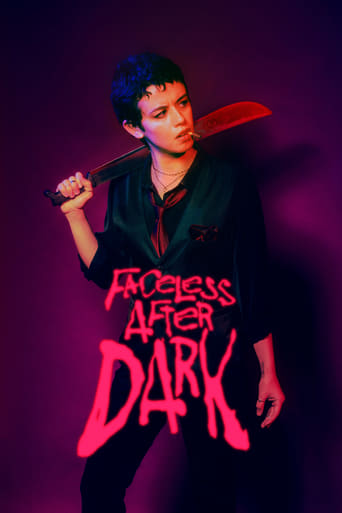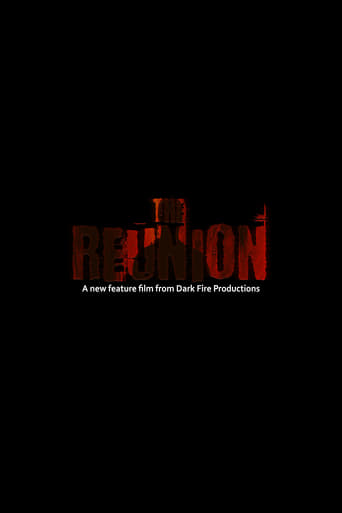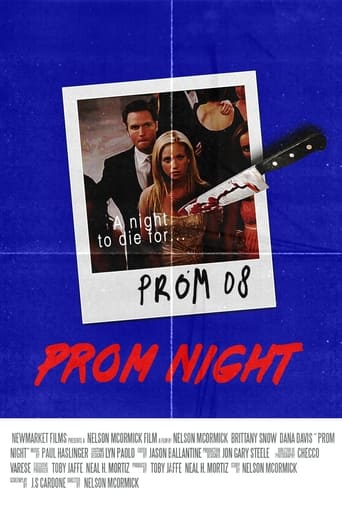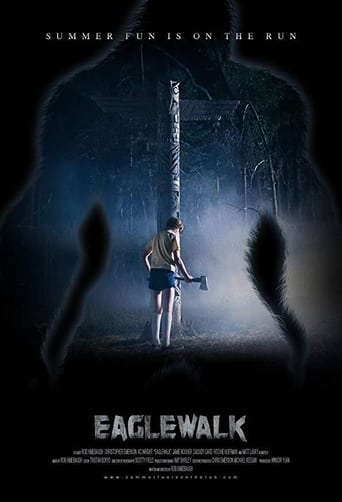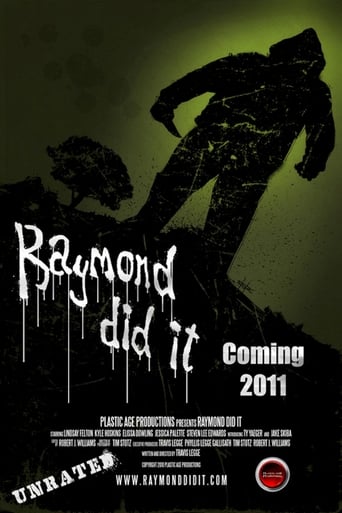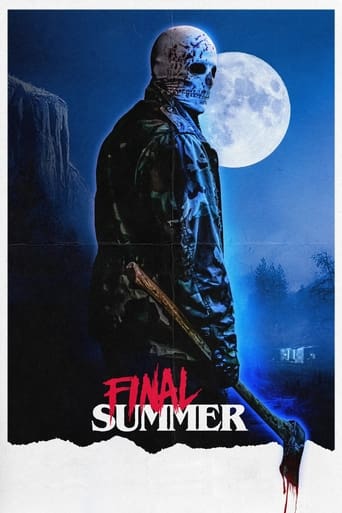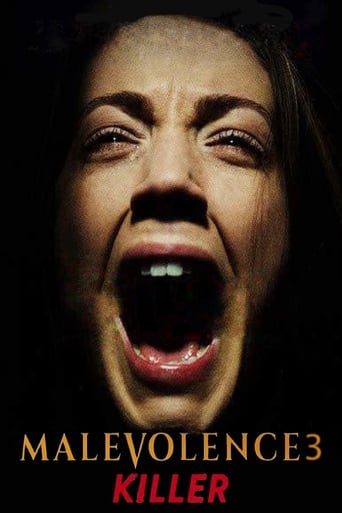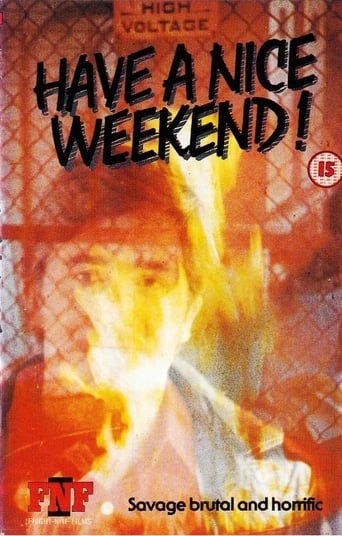The Bat (1926)
A masked criminal who dresses like a giant bat terrorizes the guests at an old house rented by a mystery writer.
Watch Trailer
Cast


Similar titles
Reviews
Yawn. Poorly Filmed Snooze Fest.
Terrible acting, screenplay and direction.
Absolutely Fantastic
Story: It's very simple but honestly that is fine.
Silent thriller (with comedic undertones) concerning a brazen thief (nicknamed "The Bat") who robs a bank then stalks the occupants of the vast mansion belonging to bank's deceased owner. A motley group of characters join forces in an attempt to solve the mysterious identity of "The Bat" and survive the night as suspicion and double-cross emerge to thicken the plot.It's a fair dinkum mystery that held tight for me until the last frame, which is just what you want from such a motion picture. The acting is typical of the era, so too sets, make-up, cinematography and music, but all very appropriate. The supposedly "haunted" house is an elaborate group of sets, and the only element that I found a little tiresome was the repetitive site gags and stereotypical "dumb" characters ("Bloodhound" the boof-head private detective who's afraid of his own shadow, and "Lizzie" the jittery house-keeper constantly behaving like a circus clown, became irritating after more of the same).Might seem a little laboured, but then the elements of the mystery seem to be necessary to tie together the intricate plot, so when the surprise ending does eventuate, it's very satisfying and all is forgiven. Don't miss the dialogue cards for some pearls like "that Jap butler gives me the willies". So wrong, and so right.
Like WEST OF ZANZIBAR (1928), this was a much-desired Silent ‘horror’ classic even if I had already watched the plot in action, so to speak, via a couple of Sound remakes – the 1930 version (from the same director!) and a later one made in 1959. Actually, this first adaptation of a popular ‘old dark house’-type play of the 1920s – when these proliferated in both mediums – was long considered a lost film; I watched it, in fact, via a serviceable 16mm print which suffered from constant (though not overly distracting) combing whenever characters moved! To get back to the later versions, I’ve enjoyed THE BAT WHISPERS (1930) twice in its “Grandeur” i.e. early Widescreen format – I own the now out-of-print Image/Milestone DVD (which also includes the alternate “Standard” edition filmed simultaneously by a different cinematographer, but I’ve yet to check it out). Now, the film seems to elicit mixed reactions from most viewers (including myself): that is to say, being impressed with its distinctive visuals (spare but stylish production design, clever models – both qualities also evident in the original – and fluid, ground-breaking camera-work) yet being put off by the unfortunately archaic comedy relief supplied by an ugly and diminutive middle-aged maid (still, this ‘fraidy cat’ figure was something of a pre-requisite for the subgenre concerned). The 1959 film was a major disappointment on first viewing (dubbed in Italian) – despite the presence of an icon like Vincent Price; I do recall liking it a bit more in English (re-watched by way of a budget DVD I rented), but the result still lagged far behind either Roland West version! Now that I’ve caught up with the original as well, I can safely say that it more than holds its own alongside THE BAT WHISPERS; I’m not always partial to directors remaking their own work but, in spite of my even greater reservations about the maid’s histrionics in the later version (remember that we can also hear her now and, therefore, is all the more liable to get on one’s nerves!), as I said, the gliding cinematography – presumably intended to emulate the movements of a real bat – was a lot more pronounced in the remake…where we also had archetypal lines (missing from the 1926 film) such as “Reach for the ceiling!” that were even parodied by Tex Avery in the cartoon short WHO KILLED WHO? (1943). The intricacies of the plot – revolving around a remote country estate which is gradually inundated by people (relatives of the current elderly female tenant, the doctor charged with her care, employees of the house’s recently murdered banker owner accused of embezzling funds, police officers on the trail of arch-criminal “The Bat” whose intended crime at the bank was anticipated but who has followed the culprit to the premises, etc.) – are pretty much identical, and the result equally entertaining. Incidentally, while the villain here sports a grotesque bat mask, in the 1930 film he exchanges this for a black cape (thus both helped give cartoon artist Bob Kane the idea for Batman, extending also to that character’s trademark ‘Bat Signal’!).It’s been some time since my last viewing of THE BAT WHISPERS, so I’m understandably fuzzy about some aspects: I know the villain adopts a particular disguise in order to roam freely about the house – but he goes by different names in each version (the one from the remake is also present in the original but it turns out not to be him after all and is, in fact, a bit of a buffoon!); both, then, feature a suave male lead – Tullio Carminati (in his first American film and looking an awful lot like Rudolf Kleine-Rogge!) here and Chester Morris in the 1930 version (I’ll be seeing him presently in another title by director West, the noir precursor ALIBI [1929]). For the record and, as far as I can recall, the only other films in this vein from the Silent era I’ve watched were the interesting but lesser THE MONSTER (1925; yet another Roland West picture – with Lon Chaney, no less, though their individual styles didn’t really jell) and two outstanding efforts by similarly gifted film-makers, namely Paul Leni’s THE CAT AND THE CANARY (1927; itself adapted three more times for the screen!) and Benjamin Christensen’s SEVEN FOOTPRINTS TO Satan (1929; which is an even rarer title than THE BAT – since the copy I own only carries Italian intertitles which, luckily, I’m able to understand).Trivia: leading lady Jewel Carmen was married to her director at the time; apparently, the couple remained on friendly terms after their separation and she would, in fact, become involved in a restaurant business with him and future companion Thelma Todd (a venture which, however, ended badly with the latter’s notorious and still unsolved mysterious demise in 1935!).
She might not have been a critic's darling, but the reading public loved author Mary Roberts Rinehart (1876-1957.) Her 1907 novel THE CIRCULAR STAIRCASE was among her most popular works, and in 1917 Rinehart joined forces with playwright Avery Hopwood to adapt it to the stage. After three years of work and much revision, THE BAT's combination of eccentric characters, spooky effects, slapstick humor and mystery took the New York stage by storm. And in 1926 it became one of the most popular films of the late silent era.The plot was clichéd even in 1920, and considerably more so by 1926--but this is actually part of the film's charm. New York is beset by a vicious killer and brilliant thief called "The Bat," whose crime spree has left police baffled. Cornelia Van Gorder (Emily Fitzroy) and her niece Dale (Jewel Carmen) have leased a mansion in the countryside, but it soon transpires that their choice has been unfortunate: the owner has died, his bank has been robbed, the money is concealed in the house... and The Bat wants it! Before you can say "It's the BAT!" there are secret passages, suspicious characters, screaming maids, and shots in the dark. According to film lore, THE BAT was actually filmed at night, the better to emphasize the gloomy atmosphere; if so, director Roland West (husband of actress Jewel Carmen) made a good decision here, for the film is memorable for its shadowy look. The miniatures of the opening scenes have been widely praised and the sets are elaborate and extremely well photographed (Cedric Gibbons, no less, was the art director of note); the costume for the elusive Bat is lots of 1920s fun; and the cast is quite good besides.The cast is particularly noteworthy for its inclusion of Jack Pickford, the wild and scandal plagued brother of silent star Mary Pickford. The combination of sound, drugs, alcohol, and sex would destroy his career before the decade ended, and although Mary Pickford certainly promoted his career he shows that his talents warranted her support. He's quite good. Most memorable, however, is actress Louise Fazenda, who chews scenery as the comically hysterical maid Lizzie--but indeed the entire cast is very fine and you find little of the broad acting style that troubles many silent films.For many years THE BAT was considered a "lost" film, but not only did a single copy survive, it proves in extremely good condition as well, and the transfer on the Alpha Video DVD release is quite good. What isn't good is the original score, credited to Paul David Bergel. Not only is it utter atrocious in terms of music, it actually works against the film, making the action feel a great deal slower than it really is. Even so, this is the long-thought-lost THE BAT, it's quite good, and you can always turn the sound off! While it isn't quite as stylish as the slight later THE CAT AND THE CANARY, to which it is often compared, THE BAT was quite an influential film in its own right and will likely charm fans of silent film. It also had a long life: not only would receive at least one major remake, author Mary Roberts Rinehart would actually rewrite the play into yet another novel--and no less than Agatha Christie would borrow a bit of the plot for the legendary play THE MOUSETRAP. Thoroughly enjoyable for fans of silent cinema.Gary F. Taylor, aka GFT, Amazon Reviewer
First time of viewing The Bat holds up remarkably well for me. The opening scenes especially but also throughout the camera angles, zippy story and editing are quite modern in feel - no good thing in itself but make it easier to follow sometimes.I watched this expecting to see "the granddaddy of haunted house mysteries". Well, I suppose it was, but the house was as big as an aerodrome meaning a different kind of atmosphere was generated, not like The Cat and the Canary etc at all. The sets are absolutely stupendous and remain in the imagination long after the film has finished. The darkness and brooding shadows help the rather stagy acting through some flatter bits. But why was Conrad Fleming skulking about on the roof?The mysterious Bat (I'm fore-sworn to secrecy) looked a bit silly to me at first, but as his similarity to Donnie Darko's rabbit grew on me he looked more and more sinister and evil as the film progressed. I realise that this association was not West's intention but I can't help it now! It helped me anyway, so maybe it's best to watch DD first!I'm definitely going to watch this one again after a decent interval!

